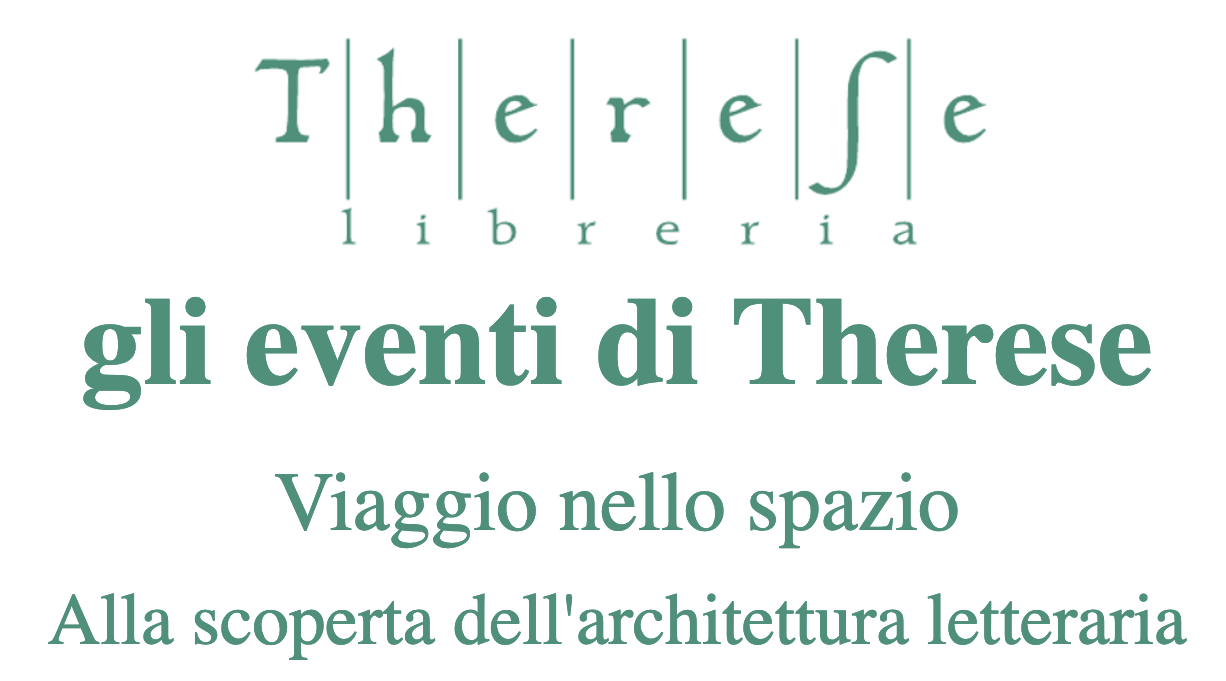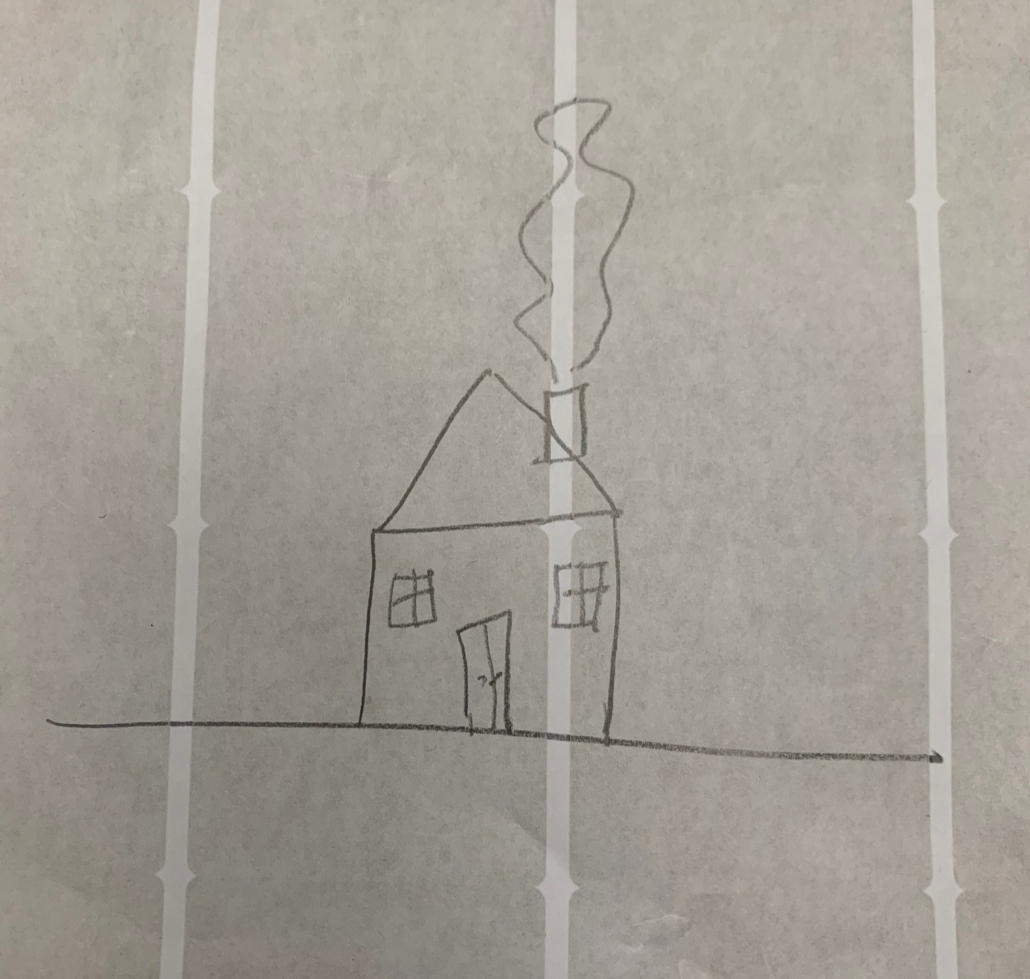Journey into space
To the discovery of literary architecture

Therese’s events
There are two friends. Their names are Lila and Lenù, and over time they build one of those eternal, untouchable friendships. One is the stimulus for the other, the foothold to strive for, the mirror in which to recognize themselves. There are also two crooked buildings, curled in on themselves. They hold each other up, joined by very thin corridors, but strong enough to create an unshakable balance. There. Lila and Lenù are those two buildings. Those two buildings are Lila and Lenù.
Let’s take a step back.
You know, books have their own structure: very short chapters or whole pages without a comma, alternating points of view, overlapping time planes, and so on.
Books have a structure, it is true, but at the same time books are a structure. In the words of Matteo Pericoli in The Great Living Museum of the Imagination, books are literary architectures. What does that mean?
That when we read we enter a story as one enters a building. Think about when you find a twist or a turning point in a novel. You get there through specific plot junctions, right? What if we imagine that turning point as a large, brightly lit living room? And the plot a web of corridors?
Think about it: what shape does a story take? If a book were a building, what would it be? If a story were made of an architectural, spatial, tangible, perceptible structure, what would it look like?
So, here are our crooked buildings from before: Elena Ferrante’s My Brilliant Friend in Matteo Pericoli’s imagination manifests itself with this architecture and these spatial forms:

Not a bad experiment, is it? And since when it comes to stories (whether they are huts, skyscrapers, villas or farmhouses) we always feel at home, we have conceived with Matteo Pericoli and Fabio Geda an evening in which to embark together on this journey into space, to the discovery of literary architecture.
What will we do?
We will read the short story (short, we promise) Continuity of Parks by Julio Cortazàr.
Then?
Well, then we’ll have fun. Some paper, some pens and a lot of imagination. We will try together to translate Cortazàr’s words into real architecture, a building tangible in its uniqueness. Do you have to be good, really good, super good at illustration to participate?
No, not at all. It is mostly a game we play with each other. Really, there is nothing to worry about, we give you a demonstration of our skills by immortalizing a masterpiece (?) by Davide:

We are excited, are you?
See you Thursday, March 16 at 7 p.m. at Therese’s with Matteo Pericoli and Fabio Geda.
A presto,
La libreria Therese
To the discovery of literary architecture


